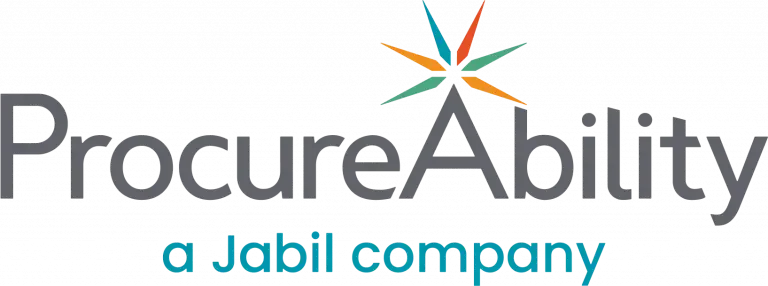Procurement leaders are navigating a new era of volatility and disruption. From inflationary pressures and regulatory changes to geopolitical instability and global supply shortages, the modern procurement function faces constant pressure to adapt. But with every disruption comes opportunity, and the ability to turn risk into strategic advantage. To build long-term resilience, supply chain risk management must evolve into a proactive, intelligence-driven function embedded in procurement operations.
Emerging Procurement Challenges and Global Risk Factors
Procurement professionals today face a complex landscape shaped by multiple converging forces:
- Persistent inflation and rising interest rates impacting sourcing costs
- Shifting trade policies and regulatory reforms such as new SEC disclosure requirements
- Geopolitical instability, including continued conflicts and economic sanctions
- Demand volatility and labor shortages affecting global production networks
These challenges require more than reactive sourcing. Leading procurement teams are actively reassessing their supplier risk profiles, expanding supply networks, and embedding flexibility into category management strategies.
Evolving from Just-in-Time to Just-in-Case
Traditional just-in-time inventory models have proven vulnerable to supply shocks. In response, organizations are adopting just-in-case inventory strategies – holding more stock on hand to buffer against disruptions. This shift is accelerating strategic conversations around:
- Re-shoring or near-shoring manufacturing to reduce dependency on overseas suppliers
- Diversifying supplier bases to minimize single points of failure
- Strengthening supplier relationship management to ensure visibility, collaboration, and accountability
While reshoring production offers greater control, it often requires long-term investment and alignment with domestic policy shifts. For many, the path forward will involve a hybrid model, balancing global and local sourcing strategies for agility and risk mitigation.
Proactive Supply Chain Risk Mitigation Strategies
Procurement organizations can strengthen resilience by implementing a few key risk mitigation strategies. One critical step is expanding approved supplier lists to reduce dependency on single sources and build redundancy into the supply base. Adjusting order intervals and lead time buffers also helps teams respond more quickly to shifting supply and demand.
In addition, enhancing inspection procedures for inbound goods and increasing visibility into supplier tiers (including sub-tier relationships) can surface hidden risks before they become costly disruptions. Finally, establishing clear inventory readiness protocols ensures that organizations are better prepared for unexpected delays, supporting business continuity when it matters most. Together, these measures help reduce vulnerability and increase the overall agility of sourcing operations.
The Growing Importance of Regulatory Compliance
With upcoming SEC regulations on ESG and Scope 3 emissions, procurement functions must now prepare for expanded disclosure requirements. Early investment in supplier data tracking and supply chain transparency systems will be crucial.
Key steps include:
- Auditing current supplier reporting capabilities
- Engaging suppliers on sustainability and compliance expectations
- Aligning sourcing strategies with emerging policy requirements
This is also an opportunity to deepen supplier collaboration, as shared accountability will be essential in navigating new compliance standards and maintaining a competitive edge.
How Procurement Leaders Can Respond Strategically
To stay ahead of disruption and uncertainty, procurement leaders must take a proactive, forward-looking approach. This begins with conducting comprehensive risk assessments across key categories and suppliers to identify vulnerabilities before they escalate. Establishing robust performance metrics and KPIs is equally essential, enabling teams to track supplier reliability and surface issues early. As regulatory and policy landscapes continue to shift, procurement strategies must remain flexible, requiring close monitoring of developments and timely adjustments to sourcing plans.
In parallel, reviewing and renegotiating supplier contracts can help embed the flexibility and performance guarantees needed to weather volatility. And to prepare for what’s next, developing scenario planning models is critical for anticipating the impact of geopolitical risks and market disruptions. These steps position procurement organizations to lead with agility, resilience, and strategic foresight.
The Path Forward: Procurement as a Resilience Engine
Organizations that invest in strategic sourcing, supplier relationship management, and data-driven decision-making will emerge more agile and competitive. Procurement’s role is central to managing enterprise risk and enabling long-term growth. By strengthening supplier ecosystems, embracing transparency, and preparing for regulatory shifts, procurement teams can transform disruption into opportunity.




